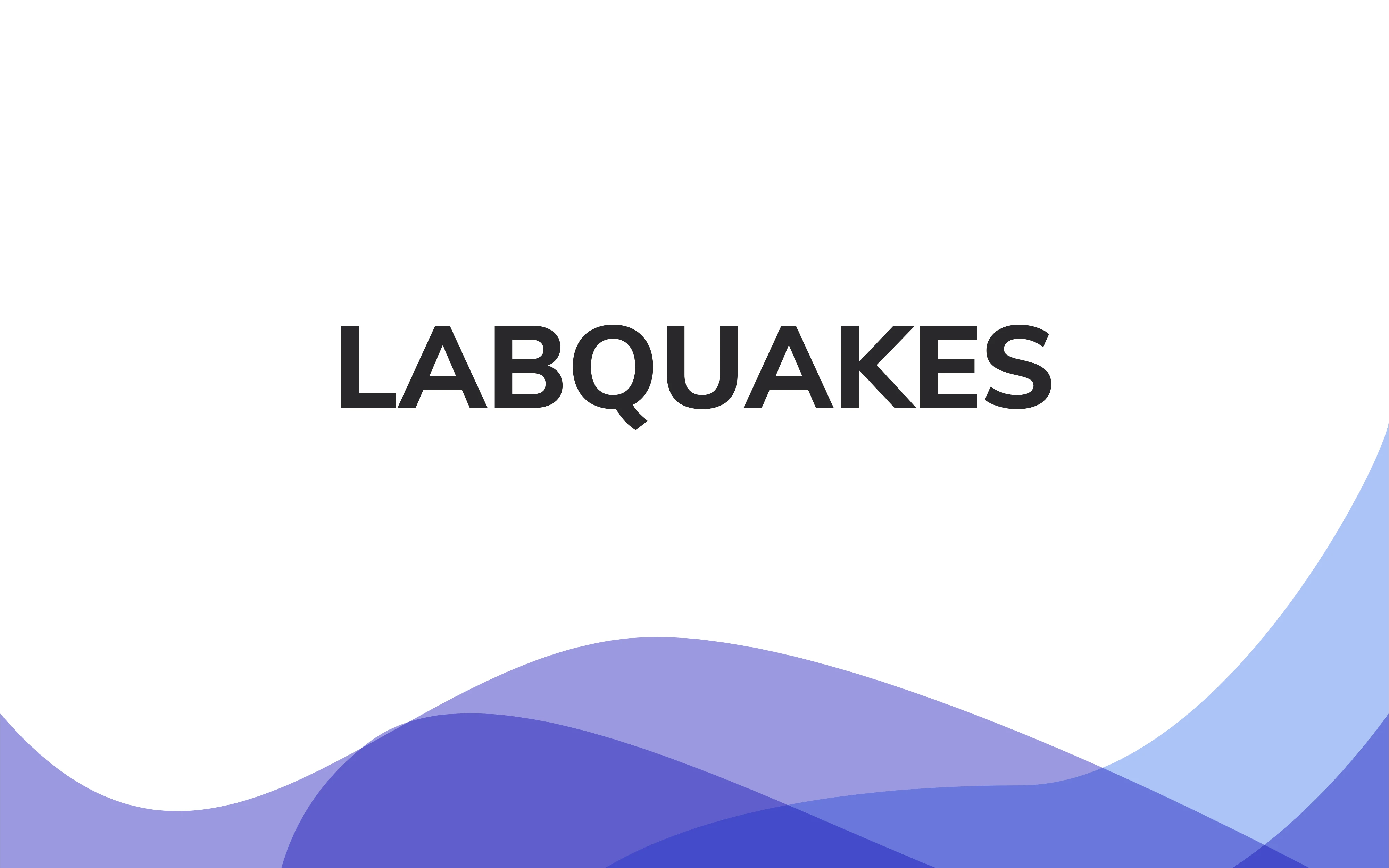- PhD
- Seismic waves
Smart Waves 2025 - LABQUAKES

Project leads: Xiaoping Jia, Arnaud Tourin, and Alexandre Schubnel
Participating institutions: Institut Langevin and ENS – PSL
Project Summary: The traditional view of seismic hazard has been challenged by the discovery that earthquakes can be triggered not only near a fault but also remotely, due to seismic waves generated by other earthquakes. These remote and local triggering events can occur across various spatial and temporal scales, as observed during the Landers (1992) and Iquique (2014) earthquakes.
Classical models, which rely on simple friction between rock blocks, are no longer sufficient to explain such phenomena. A new hypothesis has emerged: seismic waves may disturb the granular material within faults, temporarily making it more fluid — as if the vibrations provide an "acoustic lubrication" between the grains. This change in state, from solid-like to fluid-like, could promote fault slip or rupture.
The aim of this PhD project is to experimentally investigate how ultrasonic waves (used here to simulate seismic waves) can trigger instability in sheared granular materials — in other words, how a "mini-earthquake" may be initiated in the lab. By examining how wave amplitude, frequency, and polarization influence the onset of shear failure, the project seeks to develop more realistic mechanical models for earthquake triggering, capable of accounting for both local and remote effects. This work could significantly improve our ability to assess and predict seismic risk.